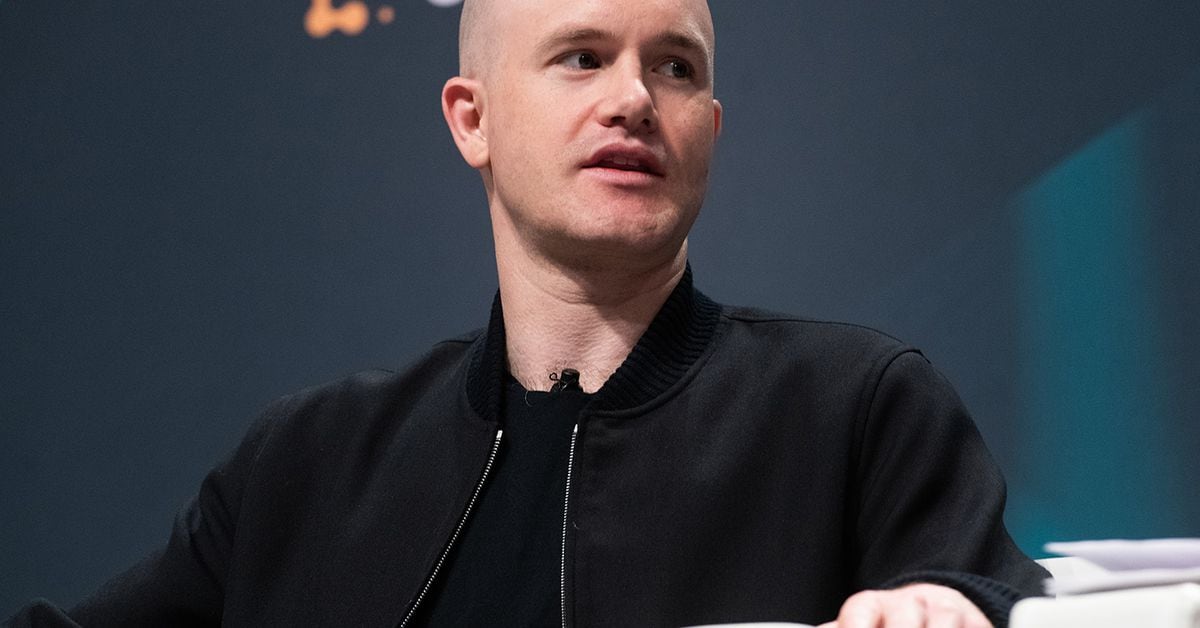
California Governor Gavin Newsom’s “not-running-for-president campaign” rolled into New York City recently for an appearance on “Late Night with Seth Meyers.”
Chatting about his earlier debate with Florida Governor Ron DeSantis, Newsom mused, “What were we doing there? I mean, I’m not running for president of the United States.”
He’s not doing much to run California, either.
Asked by Meyers about problems such as crime, drugs and homelessness in San Francisco, Newsom criticized Republicans for making negative comments that spread “doom-loop” narratives.
Republicans hold exactly 8 of 40 seats in the California state Senate and 18 of 80 seats in the Assembly.
They’re not blocking Newsom’s policies. They don’t have enough votes to block a sidewalk.
Newsom’s policies are failing all on their own.
The climate policies he passionately promotes have raised energy costs so much that Newsom signed a law requiring utilities to charge Californians for electricity based partly on their household income.
And they’re making energy supplies so unreliable that Newsom approved funding for a new program of “Demand Side Grid Support,” which essentially would shuts off electricity to some utility customers when demand exceeds supply.
Newsom is crafting an image for himself as an international leader on climate as part of his confusing and contradictory “shadow” run against Joe Biden.
During his 2022 bid for reelection, for instance, Newsom bought TV time and billboard space in states far from California – all while professing “subzero” interest in running for president.
He also pressured his legislature to approve record spending for high-profile climate programs with an eye to their impact nationwide. “The impact will spread far beyond [California’s] borders,” he said.
Newsom then took things further last October when he and his climate agenda — along with an experienced White House photographer — traveled to China, where he made a show of signing agreements with provincial leaders to share California’s policies with the world.
But how are those policies working out at home? After decades of mandating utilities to procure ever-increasing percentages of solar and wind energy, they’re a costly failure.
Last February, the independent Public Advocates Office of the state Public Utilities Commission reported that residential electricity rates in California had risen between 77% and 105% since 2014 and are far above the national average. “The majority of bill increases are associated with long-standing state priorities,” the report explained.
Yet for all the money Californians pay for those “priorities,” the state doesn’t really run on solar and wind energy.
It’s powered mostly by natural gas, hydroelectric, nuclear energy and, when all else fails, electricity generated in other states and imported on transmission lines.
The fails are well-documented on the website of CAISO, the California Independent System Operator, which manages electricity supply and delivery on the grid.
Solar energy and other renewables don’t come close to meeting the state’s demand for electricity. At night, they provide less than 10% of the power needed in California. The sun sets — who knew?
Batteries are not much help. The California Energy Commission bragged about building out battery energy storage but admitted the batteries only last “up to four hours.”
While California’s need for electricity can rise as high as 50,000 megawatts in the summer with air conditioning, solar energy produces about 15,000 megawatts at its peak, declining to zero after sunset.
The gap is filled by – you guessed it – natural gas, nuclear, hydroelectric and imports.
In pursuit of “100% clean electricity,” the state’s gas-fired plants were scheduled to be closed this week and its one nuclear plant to be shuttered in 2025.
Clearly worried that his state could run out of juice, Newsom quietly pressured the legislature to extend the life of those facilities but insisted the extensions were temporary.
Then he convinced the legislature to approve more than $50 billion in climate spending over five years. Now California has a $68 billion budget shortfall.
That’s only the start of the climate policy’s cost. Newsom’s 2020 executive order mandating the sale of electric cars was followed by regulations mandating a transition to electric trucks.
Ratepayers will bear the cost of building utility-side charging infrastructure to power it all.
Newsom called the electric vehicle mandate “the most impactful step our state can take to fight climate change.” Absurd.
While China and India continue to burn coal, Gavin Newsom is just setting money on fire. How’s that for a presidential platform.
Susan Shelley is a columnist for the Southern California News Group and VP of Communications for the Howard Jarvis Taxpayers Association.
















